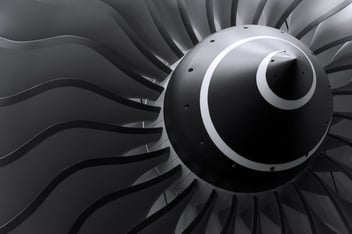Designing mechanical joints for high-vibration applications is a critical challenge in many engineering fields, including aerospace, automotive, and heavy machinery. These environments subject joints to severe stress, potentially leading to joint failure if not properly addressed.
This article explores the difficulties posed by high-vibration environments and offers wire thread inserts as an effective solution, highlighting material selection, insert types, and design strategies for optimal performance.
The common challenges that are present in high-vibration applications
High-vibration environments present significant challenges for mechanical joints. These vibrations can lead to various issues, including:
- Fatigue and wear: Continuous vibrations result in cyclic loading, leading to fatigue in joint materials. This can cause micro-cracks that propagate over time, eventually leading to joint failure.
- Loosening: Vibrations can cause joints, especially those relying on threaded fasteners, to loosen over time. This phenomenon, known as vibrational loosening, compromises the integrity of the joint.
- Stress concentration: High-vibration conditions can exacerbate stress concentrations at the threads or contact points of joints. These stress points can lead to material deformation and eventual failure.
- Material degradation: Repeated vibrations can lead to fretting corrosion, where material wear occurs at the contact surfaces due to small oscillatory motions. This further weakens the joint over time.
Addressing these challenges requires innovative solutions that can withstand the harsh conditions of high-vibration environments while maintaining joint integrity and longevity.
Wire thread inserts - a universal solution for mechanical joints
Wire thread inserts offer a robust solution for enhancing the durability and reliability of mechanical joints in high-vibration environments. These inserts are helical coils that fit into tapped holes, providing a resilient threaded surface for bolts or screws. They are particularly beneficial for high-vibration applications due to their ability to distribute stress more evenly and maintain joint integrity.
Types of wire thread inserts
Wire thread inserts come in two main types, each offering specific benefits:
- Tanged inserts: These traditional inserts have a tang that is used to drive the insert into place. The tang is then broken off after installation. Tanged inserts are widely used due to their straightforward installation process.
- Tangless inserts: Eliminating the tang, these inserts reduce the risk of foreign object debris (FOD) in critical applications like aerospace. Tangless inserts are easier to install and remove, providing a clean, efficient solution for high-vibration environments.
Material selection for high-vibration environments
Choosing the right material for wire thread inserts is crucial for performance in high-vibration conditions. Two primary materials stand out:
- Stainless steel: Known for its corrosion resistance and strength, stainless steel inserts are ideal for environments where both vibration and exposure to corrosive elements are concerned.
- Nitronic: This alloy provides enhanced wear resistance, making it suitable for applications where fretting and galling are significant concerns. Nitronic inserts offer both high strength and durability under repeated stress cycles.
Design strategies for mechanical joints that face high-vibration environments
To effectively design joints for high-vibration applications using wire thread inserts, several strategies should be considered:
- Equal load distribution: Ensure that the wire thread insert distributes the load evenly across the bolt and the parent material. This minimises stress concentrations and reduces the risk of fatigue cracks.
- Material compatibility: Match the insert material with the parent material and the bolt to prevent galvanic corrosion and ensure consistent performance under stress.
- Optimal insert length: Use inserts of appropriate length to engage the entire bolt, providing maximum strength and reducing the risk of loosening due to vibrations.
- Regular maintenance: Design joints for easy inspection and maintenance. Tangless inserts are particularly beneficial in this regard, as they simplify removal and reinstallation.
- Surface finishes: Consider surface finishes like cadmium plating for additional corrosion protection or silver plating for high-temperature applications, further enhancing the durability of the joint.
Get industry-leading performance for your design, no matter the environment
Designing mechanical joints for high-vibration applications requires careful consideration of material selection, insert types and design strategies to ensure durability and reliability. Wire thread inserts, particularly those made from stainless steel and Nitronic, offer an effective solution to the challenges posed by high-vibration environments.
At KATO® Advanex, our extensive range of high-performance inserts is designed to meet the demanding needs of various industries, ensuring your joints are both strong and reliable. To find out more about our products or to get additional pricing information, contact a member of our team today.
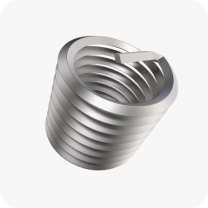
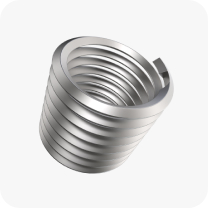
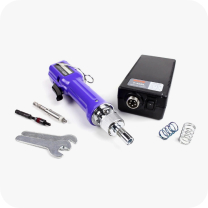
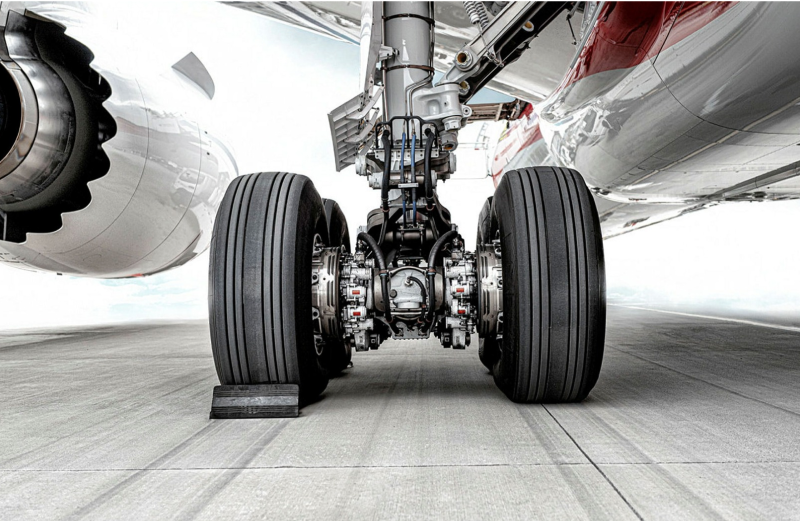
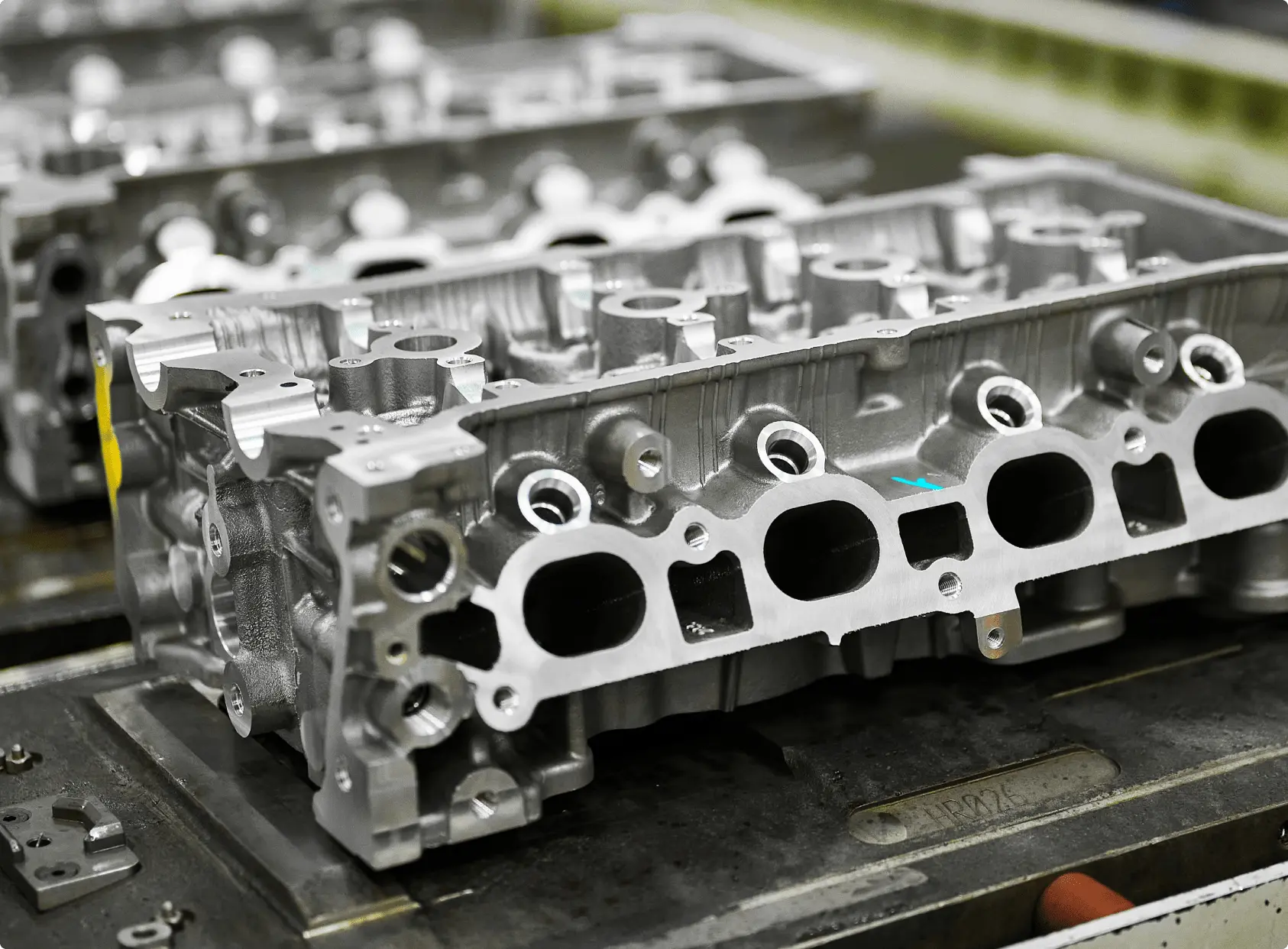
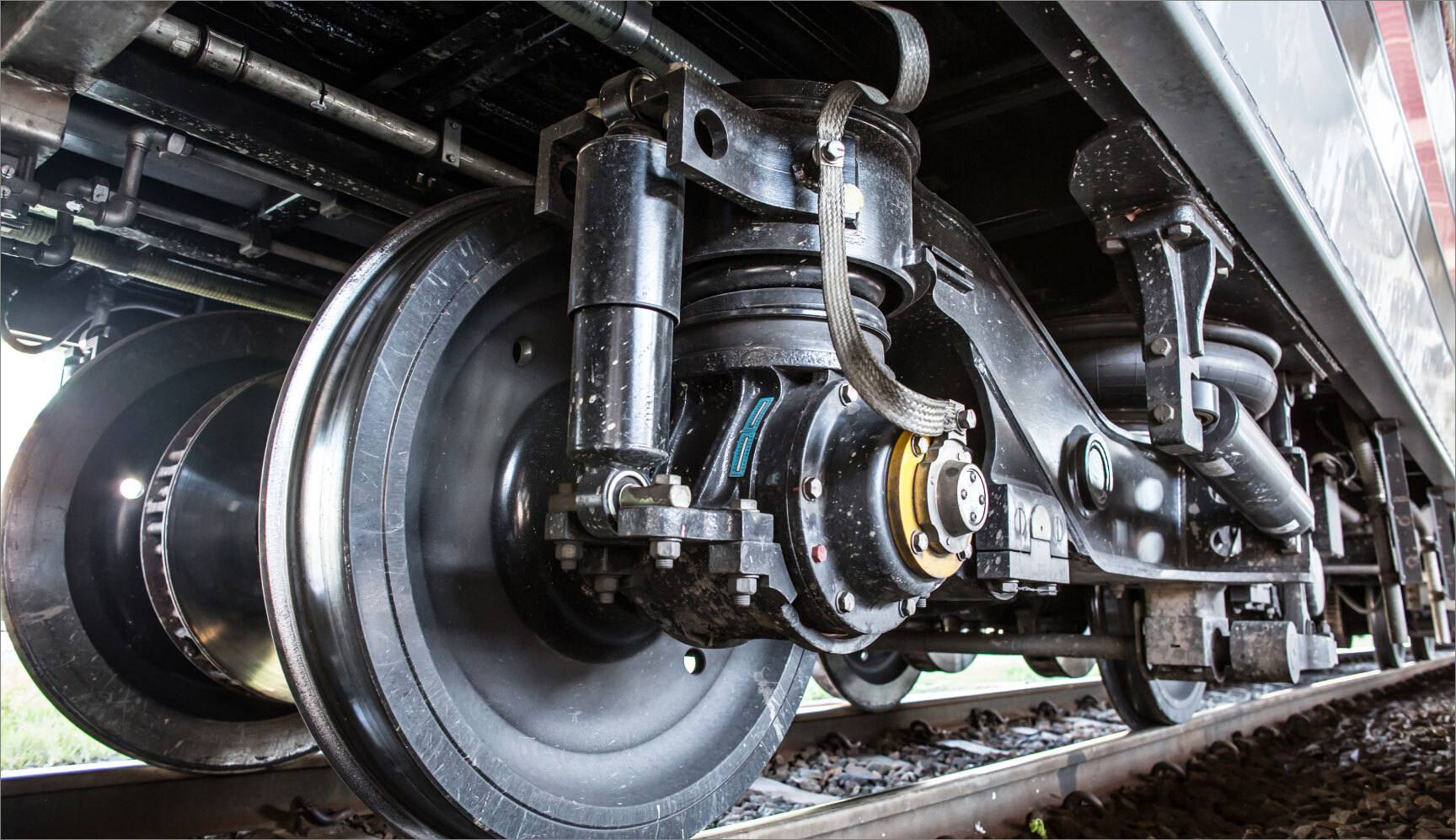

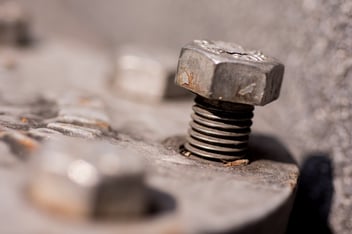



.jpg?width=352&name=Shutterstock_1609446301%20(1).jpg)
